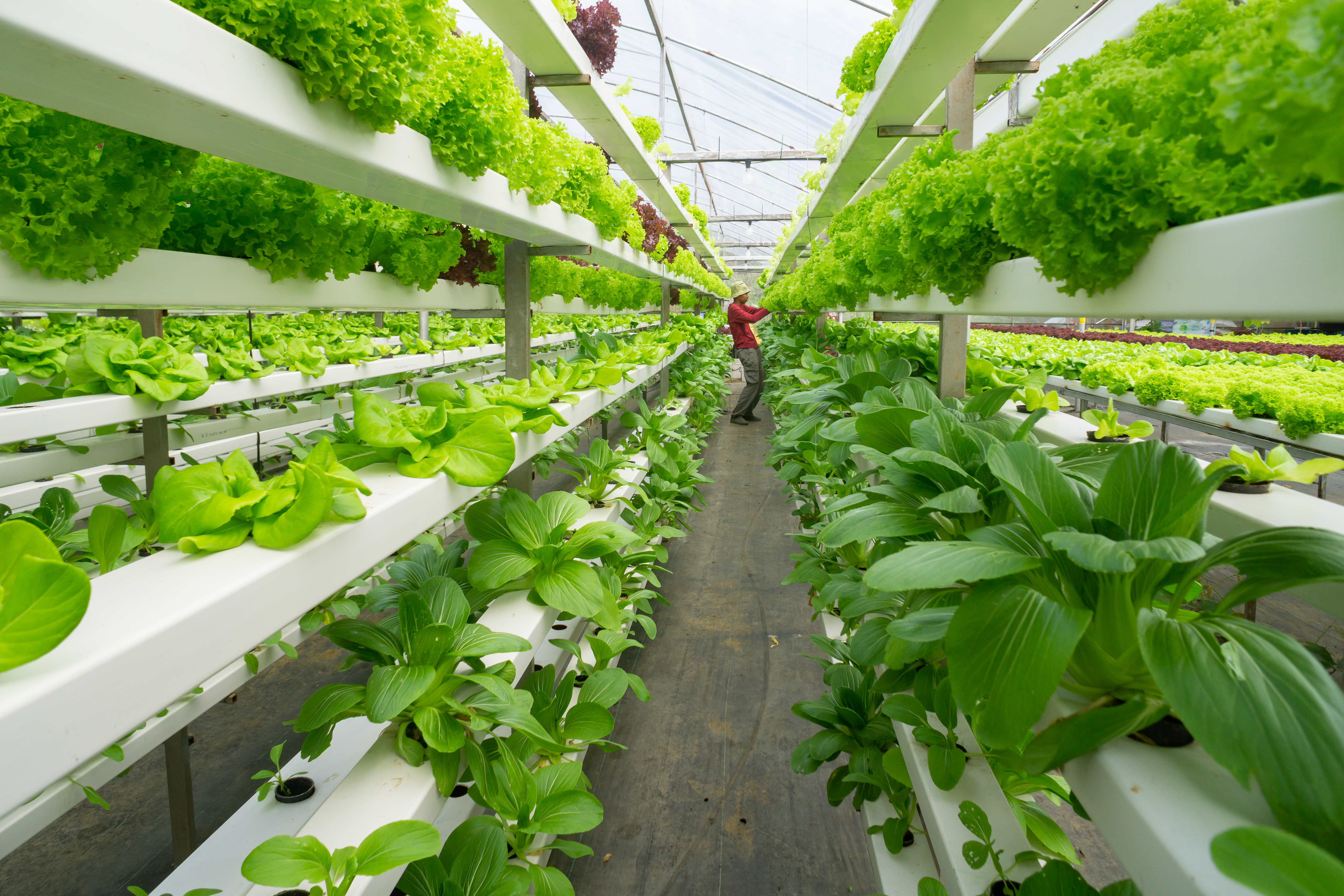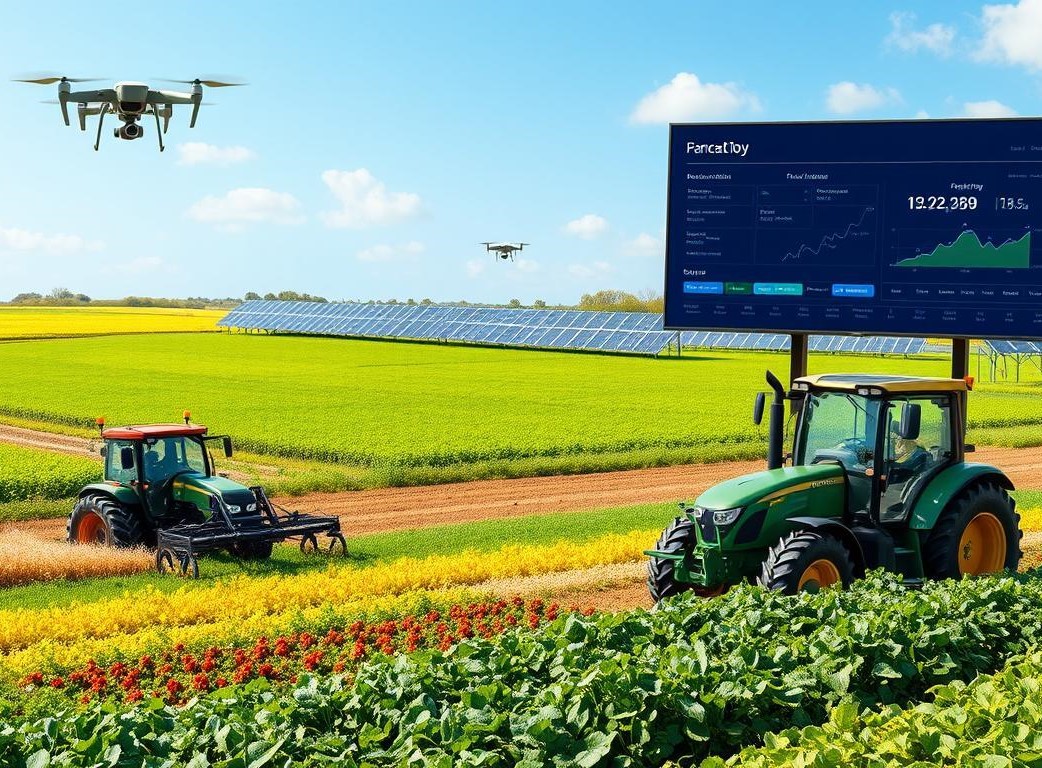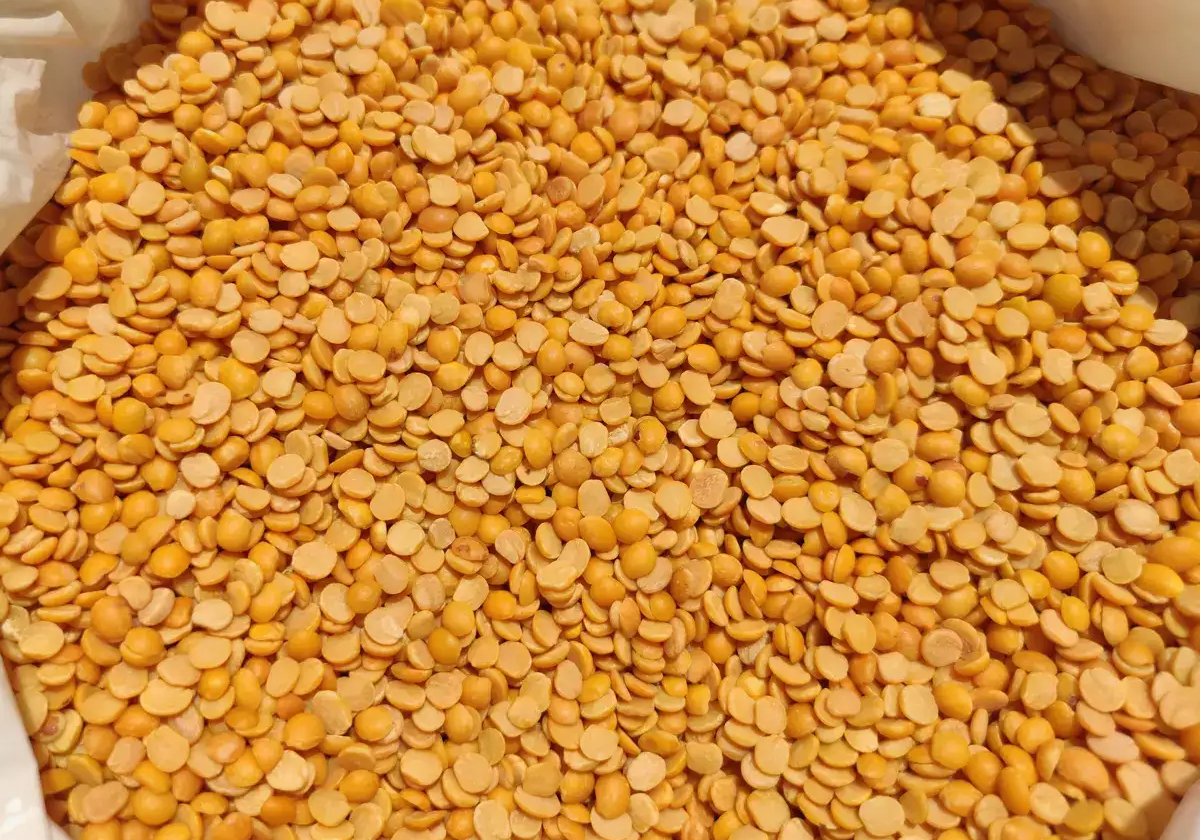Agriculture in India is often affected by soil degradation, desertification, and extreme weather conditions such as floods and droughts. As a result, alternative farming methods like vertical farming are making their way into the industry.
Vertical Farming is an agricultural method used to grow crops in vertically stacked layers. It is done in a controlled environment using aquaponics, hydroponics, and aeroponics that do not use soil.
The Asia Pacific region is one of the most promising markets for Vertical Farming as the industry marks a growth rate of 29% and is projected to reach $2.77 Billion by 2026. Vertical farming in the Asia Pacific, as of 2021, is valued at $0.78 Billion.
Below are some of the benefits and challenges of vertical farming.
Benefits
- Efficiency
Conventional farms require too much land and water, while vertical farms involves a fraction of land & water with more yield per acre. Also, it can produce crops throughout the year. - Weather-resistant
In a controlled environment of vertical farm, factors like unpredictable weather patterns and natural disasters are negated and thus less susceptible to disruption in the supply chain process. - Environmental Conservation
This framing approach helps in environmental conservation by reducing conventional plowing, planting, and harvesting by farm machinery, protecting soil, and reducing emissions, thus saving resources in the long run.
Challenges
- Huge costs
It is quite expensive, and some use urban settings where the real estate prices are high. Thus, its maintenance costs are higher compared to traditional agriculture. - High Energy Consumption
The sun shines on a vertical surface at an extreme angle during the growing season such that much less light is available to crops than when they are planted on flat land.
Conclusion
As urban populations continue to rise in India, innovators are looking beyond traditional farming as a way to feed everyone while having less impact on our land and water resources. Vertical farming is one such solution that’s being carried out worldwide. Using this approach, food crops can be grown quickly in urban areas by planting in vertically stacked layers to save space and use minimal energy and water for irrigation.
Sources: https://verticalfarmingplanet.com/vertical-farming-in-india-industry-overview/








 Connect With Us
Connect With Us